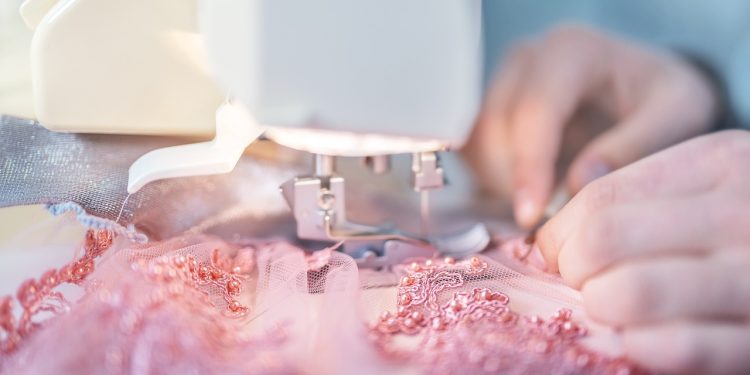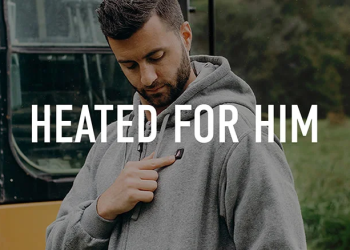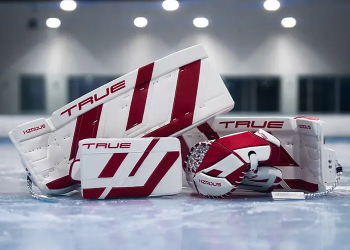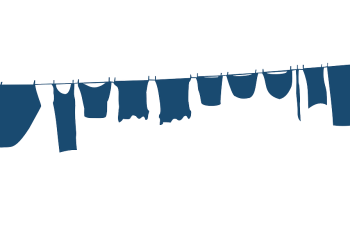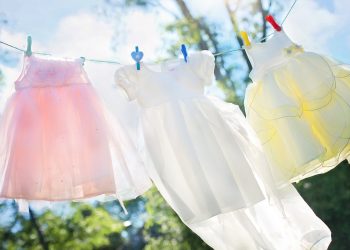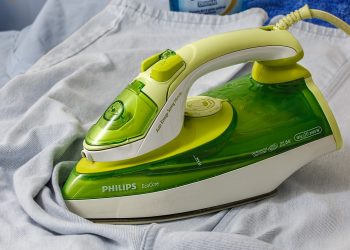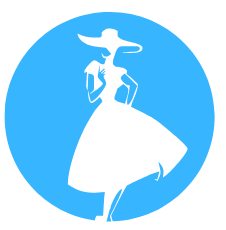Fashion DIY projects are a fantastic way to express your creativity, personalize your wardrobe, and embrace sustainable fashion practices. To achieve professional-looking results, having the right tools at your disposal is essential. Whether you’re a beginner or a seasoned DIY enthusiast, this guide highlights the best tools for fashion DIY projects and how to use them effectively.
Essential Sewing Tools
1. Sewing Machine
A sewing machine is the backbone of most fashion DIY projects. It allows you to stitch quickly and efficiently.
- Recommended Features: Adjustable stitch length, multiple stitch options, and a reverse stitch function.
- Top Tip: Invest in a beginner-friendly model if you’re new to sewing. Brands like Brother and Singer offer reliable options.
2. Needles and Thread
Hand-sewing needles and quality threads are indispensable for minor adjustments and detailed work.
- Variety: Keep a range of needle sizes for different fabric types.
- Thread Tip: Use polyester threads for durability and cotton threads for natural fibers.
3. Fabric Scissors
Sharp fabric scissors ensure clean cuts and precise edges.
- Key Feature: Dedicated scissors for fabric only—using them on other materials dulls the blades.
- Optional Upgrade: Pinking shears to prevent fraying edges.
4. Seam Ripper
Mistakes happen, and a seam ripper allows you to undo stitches cleanly.
- Tip for Use: Work slowly to avoid tearing the fabric.
5. Pins and Clips
These tools hold fabric in place while you sew or cut.
- Pins: Ideal for thin fabrics.
- Clips: Perfect for thicker materials like denim or leather.
Cutting and Measuring Tools
6. Rotary Cutter and Mat
A rotary cutter provides clean, straight cuts, especially for patterns.
- Must-Have: Pair with a self-healing cutting mat to protect your workspace.
- Ideal For: Cutting fabric in bulk or creating patterns.
7. Measuring Tape and Ruler
Accurate measurements are crucial for well-fitted clothing.
- Measuring Tape: Flexible and ideal for curves.
- Ruler: Use a clear acrylic ruler for straight edges and angles.
8. Chalk and Fabric Markers
Use these tools to mark measurements or design outlines on fabric.
- Chalk: Easy to brush off after sewing.
- Markers: Choose water-soluble or disappearing ink markers for temporary markings.
Fabric Adhesives
9. Fabric Glue
Fabric glue is perfect for quick fixes and no-sew projects.
- Best For: Attaching embellishments or securing hems temporarily.
- Tip: Look for washable, flexible fabric glue for long-lasting results.
10. Fusible Web and Tape
These are excellent for creating clean, no-sew hems or appliqués.
- Application: Use an iron to bond the adhesive to the fabric.
- Benefit: Strong, durable results without the need for stitching.
Decorative Tools
11. Embroidery Tools
Adding embroidery can elevate a DIY project by introducing texture and detail.
- Essentials: Embroidery hoop, floss, and needles.
- Pro Tip: Practice basic stitches like backstitch, satin stitch, and French knots.
12. Beading Kit
Beading adds sparkle and elegance to garments and accessories.
- Tools Needed: Beading needles, thread, and a bead tray.
- Creative Idea: Use beads to outline patterns or add accents to collars and cuffs.
13. Heat Press or Iron
For projects involving iron-on transfers, vinyl, or fusible web, a reliable heat press or iron is essential.
- Heat Press: Ideal for large-scale projects or professional results.
- Iron: Perfect for smaller tasks like pressing seams or applying patches.
14. Stencils and Templates
Stencils help achieve precise designs for painting or embellishments.
- Best For: Creating patterns, logos, or lettering.
- Tip: Secure the stencil with tape to prevent shifting during use.
Advanced Tools for Dedicated DIYers
15. Serger (Overlock Machine)
A serger finishes edges and creates professional seams, especially for stretchy fabrics.
- Best For: Knitwear, activewear, and preventing fraying.
- Learning Curve: Practice threading and tension adjustments for smooth operation.
16. Dress Form
A dress form allows you to drape and fit garments accurately.
- Types: Adjustable models are versatile for multiple sizes.
- Pro Tip: Use a dress form for pinning and visualizing designs before sewing.
17. Leatherworking Tools
For projects involving leather, specialized tools ensure clean and durable results.
- Essentials: Leather punch, edge beveler, and waxed thread.
- Creative Idea: Craft leather patches, straps, or bags.
18. Fabric Printer
Print your designs directly onto fabric for custom patterns.
- How to Use: Pair with printable fabric sheets or transfer paper.
- Ideal For: Personalized gifts, branding, or unique patterns.
Storage and Organization
19. Tool Organizer
Keep your tools accessible and organized with a dedicated storage system.
- Suggestions: Use tackle boxes, drawer organizers, or sewing caddies.
20. Fabric Storage
Store fabric rolls or scraps neatly to avoid creases and damage.
- Tip: Use clear bins or labeled boxes for easy identification.
Tips for Choosing the Right Tools
- Start Small: Invest in essential tools first and expand your collection as needed.
- Quality Matters: Durable tools last longer and deliver better results.
- Research Brands: Read reviews and recommendations to find reliable products.
- Learn Techniques: Pair your tools with online tutorials or classes to improve your skills.
Common DIY Fashion Projects and Tools
- Upcycled Jeans: Use a seam ripper, fabric glue, and embroidery tools to add patches and custom designs.
- Custom T-Shirts: Apply stencils and fabric paint with a heat press for vibrant designs.
- Alterations: Adjust hemlines or take in seams with a sewing machine and measuring tape.
- Accessories: Create headbands or tote bags using fabric scissors, glue, and decorative elements.
Why Invest in DIY Tools?
- Creative Freedom: Customize your wardrobe and accessories without limitations.
- Sustainability: Repurpose and repair clothing instead of discarding it.
- Cost Savings: Avoid frequent tailor visits and save money on unique fashion items.
- Skill Development: Build confidence and proficiency in fashion DIY techniques.
Equipping yourself with the right tools opens endless possibilities for creating and enhancing your wardrobe. Whether you’re a novice or an expert, these tools will empower you to bring your creative visions to life.


